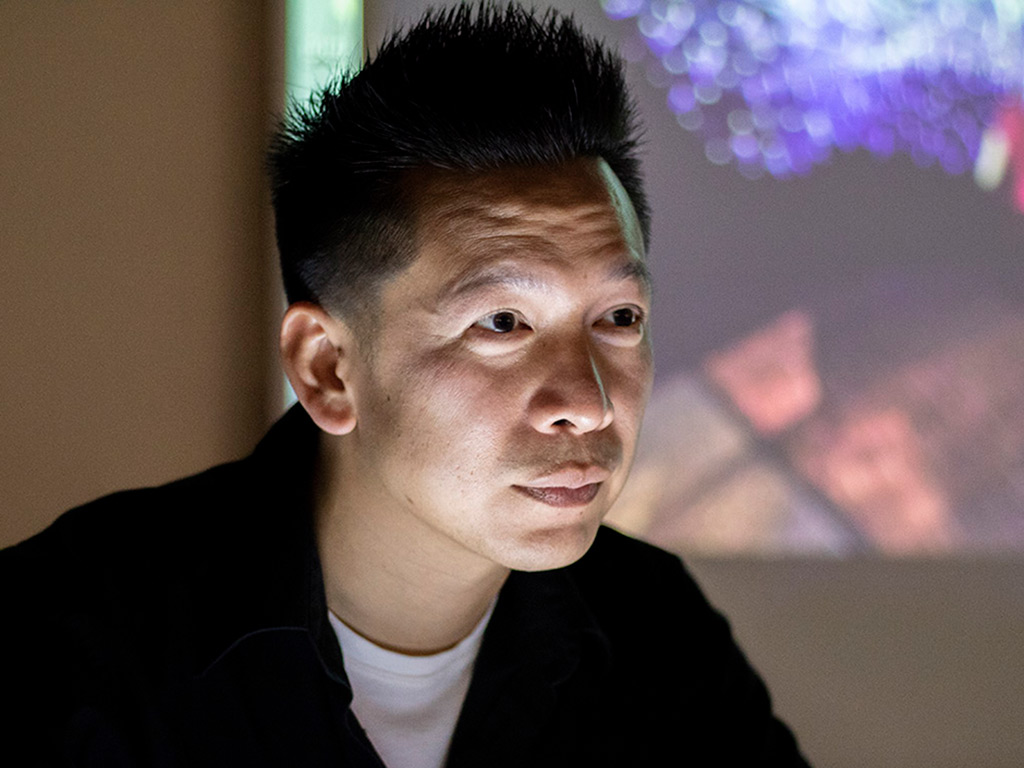Navigable virtual reality tool enhances DAS students’ learning experiences

Department of Architectural Science professor Vincent Hui’s Navigable Virtual Reality tool helped ease students’ transition to online learning
Dedicated to integrating new technologies into the program, the Department of Architectural Science (DAS) faculty at Toronto Metropolitan University (TMU) regularly push the boundaries of what a forward-thinking architecture program looks like. As a result, when the COVID-19 pandemic struck and TMU was forced to shift to online learning, DAS students had access to a unique tool that led to their success in this new, untested learning environment.
DAS professor Vincent Hui's Navigable Virtual Reality For Architectural Interactive Learning (NVR-FAIL) tool allows students to not only design and view their architectural projects in a three-dimensional environment but also navigate and exist within this space. Given freedom of movement, this tool creates a realistic virtual space for students to experiment with their schoolwork and personal design projects. In addition, it is easily accessible through standard VR technology using students’ smartphones.

Vincent Hui’s DPI-funded project was completed right before the shift to online learning
“With this tool, students and staff can go inside the architectural design and navigate the space,” said Hui. “They can view it in the day or at night, see what happens with changes in traffic levels, or almost any other real-life condition.” Unlike fixed-point VR, where the user is chained to a specific vantage point, navigable VR allows for freedom of movement within the design, similar to a video game experience.

Jake Kroft, a third-year DAS student, found the NVR-FAIL tool very useful in early design stages
Jake Kroft, a third-year DAS student, used the NVR-FAIL in his design studio course. “The Navigable Reality tool was particularly useful in the earlier design stages as it allowed us to explore inside our projects and see things that are typically difficult to notice in more traditional two-dimensional presentation methods,” said Kroft, The NVR-FAIL tool helped Kroft understand the scale, materiality and spatial relationships of the spaces he was designing and allowed for greater collaboration with his classmates, as they could virtually enter each other's designs and understand them from the inside.
While the Dean’s Pedagogical Innovation (DPI) fund allocated a grant for this project before the pandemic, the navigable VR workflow developed for student design work proved very helpful when the lockdown happened. This VR tool, plus more sophisticated design tools like the Unreal Engine 5, was used in several major DAS projects, including Camp Winston and the Winter Stations Competition 2022.